YouTube Releases New Monetization Policy, Set to Roll from July 15
In a significant shift poised to impact content creators worldwide, YouTube is set to roll out a major update to its monetisation policy starting July 15, 2025. This move, aimed primarily at eliminating ‘low-effort, repetitious, and mass-produced content’, could redefine how creators produce videos on the platform – especially the stuff which is heavily reliant on the latest AI tools or pre-set templated formats.
As the one and only leading video-sharing platforms globally, YouTube has been a long-standing hub for creativity, education, entertainment, and technological innovation. Its YouTube Partner Program (YPP) has empowered millions of YouTubers and content creators to earn substantial income through ad revenue and memberships.
However, the very success of this ecosystem has also led to an amplification of low-quality, spam-like videos, many of which flood the platform with minimal originality or ignorant user value.
What’s Changing from July 15?
YouTube has formally announced on its official page that it will begin tightening monetisation rules, particularly targeting videos that fall under the following loosely defined categories:
- Mass-Produced Content: Videos generated or published in bulk, often using pretty similar scripts, visuals, or formats.
- Repetitive Content: Multiple uploads of videos that resemble each other in structure, tone, and presentation with little to no variation.
- Inauthentic Content: Videos that lack complete originality, including those that simply remix or re-upload other creators’ work with minor changes, or use AI tools to create artificial, synthetic content without meaningful effort.
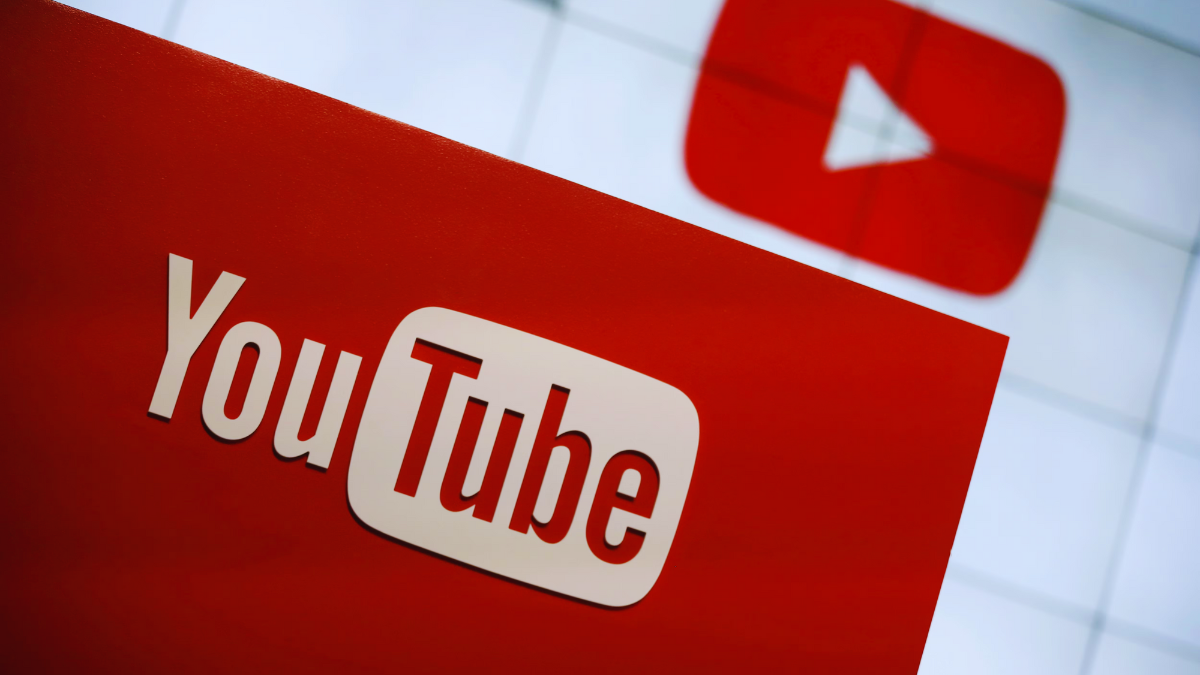
Although the terminology cited by YouTube is rather broad and open to interpretation, it’s clear that YouTube is drawing a line for creators who fail to contribute with genuine value, creativity, or effort to their uploads may lose the ability to earn from their content.
Is (AI) Artificial Intelligence at Risk?
While YouTube’s updated guidelines don’t explicitly mention the phrase AI-generated content, the move is widely seen as a direct response to the sudden explosion of AI tools in the marketspace which are used to create videos with minimal human input. These include AI-powered voiceovers, avatars, music generators, and even entire storytelling frameworks.
AI-generated content has become increasingly popular, especially in categories like:
- Gaming (faceless gameplay with AI narration)
- Education & Tutorials (templated, robotic videos with auto-generated visuals)
Such videos are often mass uploaded by creators or agencies aiming to monetise quickly with low overhead costs. However, the rise of such content has also raised concerns about content fatigue, viewer trust, and the dilution of authentic creator voices.
If YouTube’s new policy enforces stricter scrutiny over these formats, it could severely limit the earnings potential of those relying solely on AI without meaningful human involvement.
Many of these channels do include real-time human input – especially original voiceovers and interactions. Some have built highly engaged audiences and even raked in lakhs of rupees through YouTube monetisation, sponsorships, and fan donations. The concern, however, lies with their channels that automate the process by making use of AI-generated avatars and scripts, often mimicking popular channels and trends.
Why is YouTube doing it now?
This new policy aligns with YouTube’s long-term strategy of pushing for high-quality content that keeps viewers engaged and advertisers satisfied. With increasing competition from TikTok, Instagram Reels, and other short-form platforms, YouTube is trying to preserve its reputation for long-form, valuable, and meaningful video content.
Moreover, advertisers are becoming more selective about where their ads appear. They prefer backing creators who have genuine communities, human involvement, and strong content ethics—something that inauthentic AI content often lacks.
Road Ahead for YT Creators
- Adopt Originality: Add personal voice, insights, or creativity—even if using AI tools.
- Avoid Spam Uploads: Don’t flood your channel with copycat or auto-generated videos.
- Be Transparent: If you’re using AI, combine it with human elements like narration, real footage, or thoughtful commentary.
- Stay Updated: Watch for YouTube’s announcements post-July 15 for clarity and examples of flagged content.
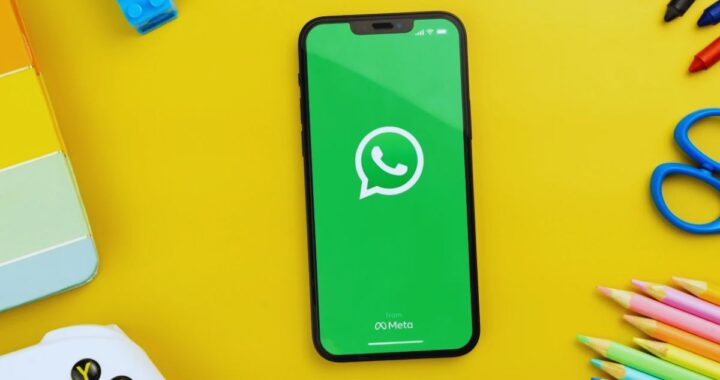 WhatsApp Introduces AI-Powered Support Chat for iOS Users: Here’s How It Will Work
WhatsApp Introduces AI-Powered Support Chat for iOS Users: Here’s How It Will Work 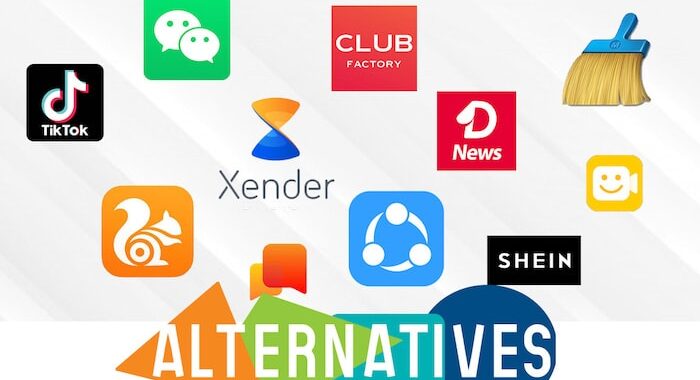 Government of India Bans 59 Chinese Apps over Security Protocol: TikTok, Shareit
Government of India Bans 59 Chinese Apps over Security Protocol: TikTok, Shareit 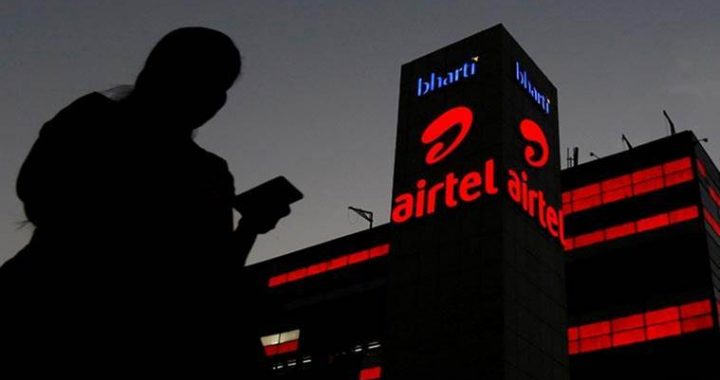 Salary Account for MSMEs launched by Airtel Payments Bank
Salary Account for MSMEs launched by Airtel Payments Bank 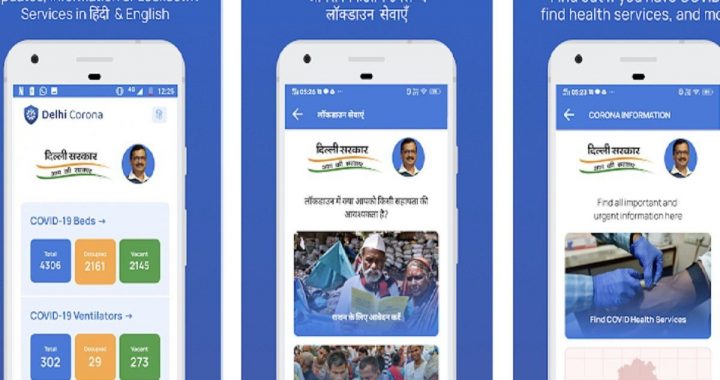 Delhi Corona App: All You Need to Know
Delhi Corona App: All You Need to Know  Amazfit T-Red Watch to Launch in India via Amazon
Amazfit T-Red Watch to Launch in India via Amazon 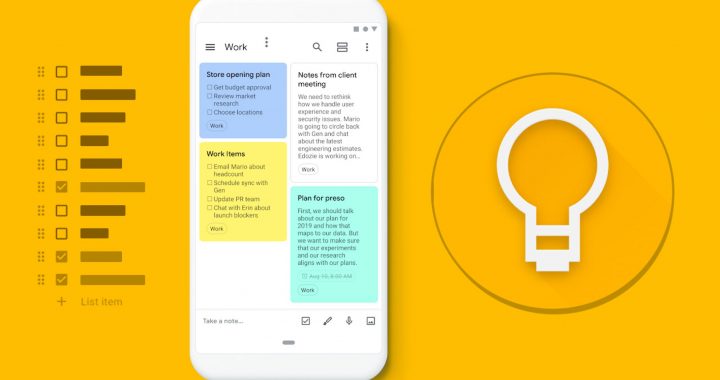 5 Tips on Increasing your Productivity via Using Technology
5 Tips on Increasing your Productivity via Using Technology